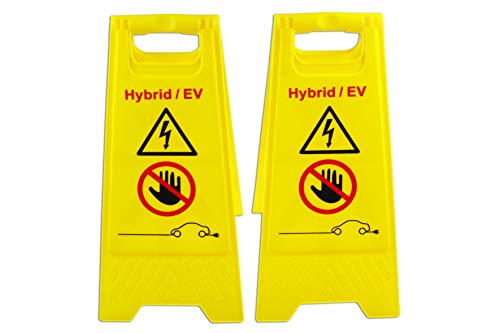Better than pictures though is the parts themselves. Height differences are hard to discern from pictures alone. I received a full module and CMU boards (minus the cells) from an eBay seller in Canada. From this, I was able to figure out what was required to make spacer washers and bus bars for the unique cells Piev is currently working with. Also, I drew up and printed out a simple 3d printed "taco" for the bottom of his cells to center those cells in the stock plastic cell holders. All with his help, of course. He has ordered a small amount of metal parts to test fit and I sent him several tacos today to test as well. If everything fits then he will order the balance of metal parts.

Jim

Jim



































